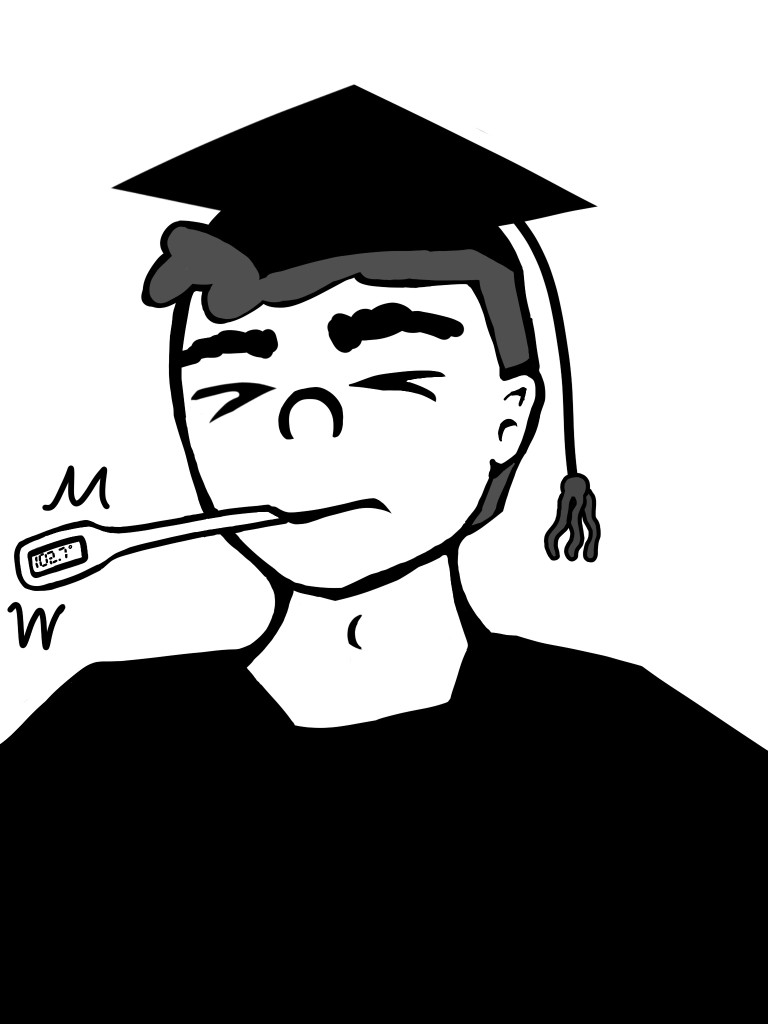The hardest part of school is undoubtedly the end. Months of hard work leave you exhausted just in time for the most difficult material in your courses. Worst of all is the stress of the exams. The months of studying culminates in one to three weeks of intensive testing which is enough to turn many students into walking zombies.
But students are not the only ones who dread the end of the year doldrums. For teachers, the end of the year is a time of frustration as they attempt to rally their students to finish strong. They try to guide students through the many traps that the end of the year brings and they usually succeed.
The friction between these two interests is often the primary cause of the many problems that develop in the final months of the school year.
Teachers tend to make the mistake of shifting their teaching style toward the end of the year in an attempt to improve student performances. Classes that once required 30 minutes of work her week become grueling courses that require hours of work per day. Teachers change their tests from focusing on lecture material to reading materials.
This change throws off students who have planned their lives around a certain balance of work. Even when one teacher decides to change his/her workload, it leads to a ripple effect across a student’s grade report.
Students need to plan for this eventually and plan to adjust accordingly. The schedule has to be flexible enough to absorb the inevitable changes to a workload that happens throughout the year.
For teachers, consistency needs to be the name of the game. Teachers who give hours of homework every night should continue the grueling schedules, while teachers with easier curriculum should avoid any increase in work that is not absolutely necessary,
Students also need to remember that second semester grades matter. Even seniors have skin in the game during the second semester, though many pretend they don’t. Performing well on AP exams could save thousands of dollars in tuition costs for many seniors.








